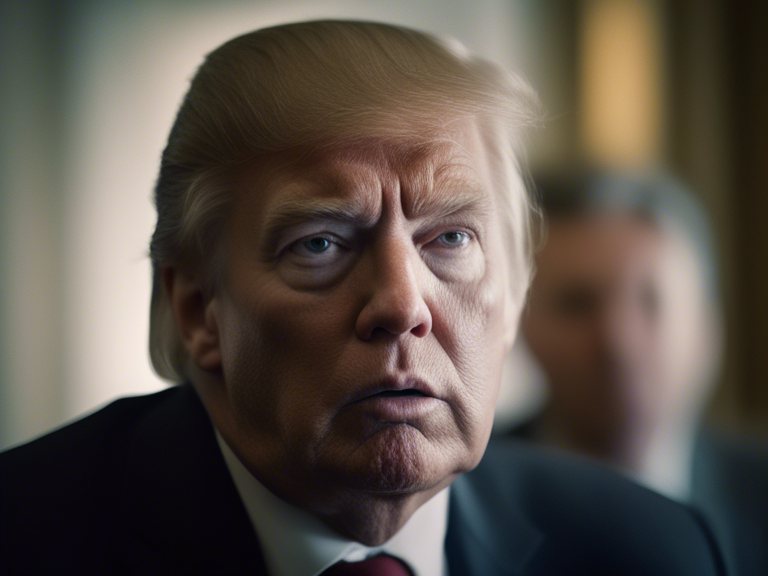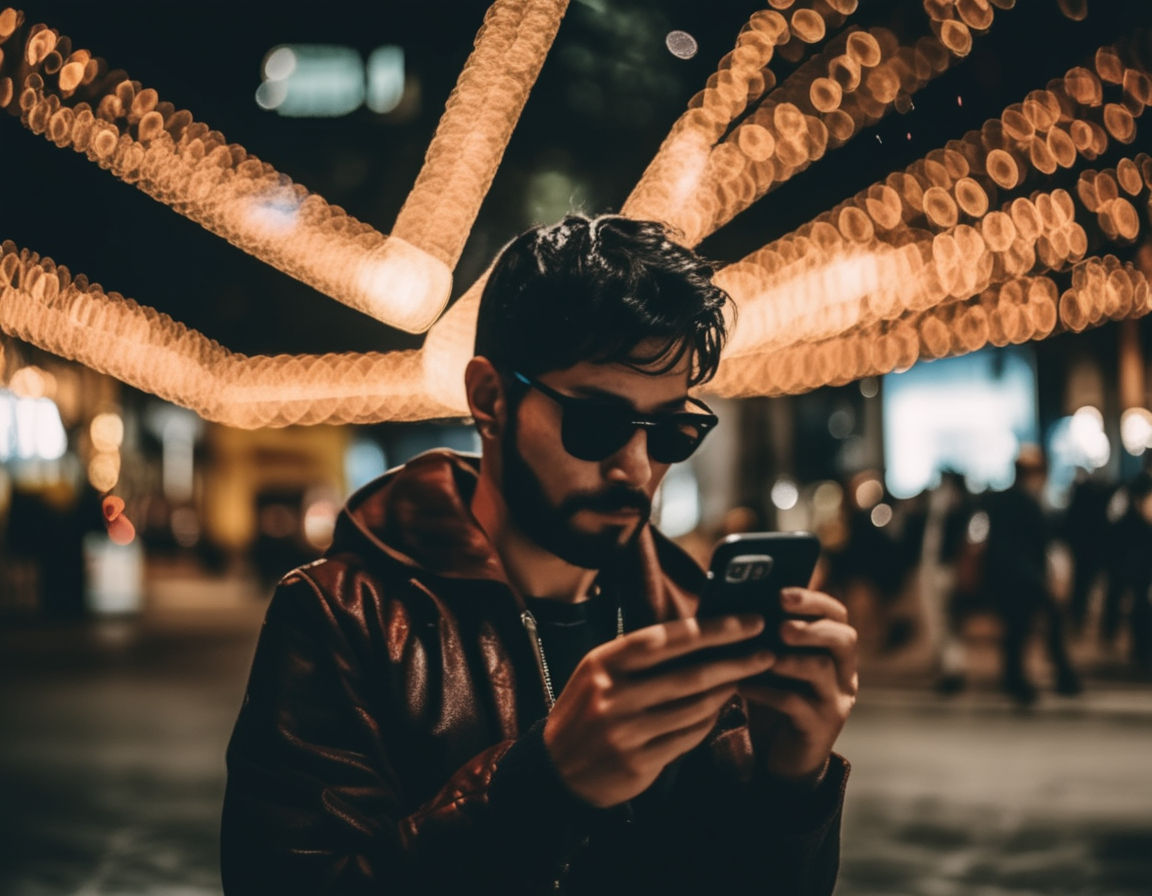
Misleading AI-Generated Videos Flood Social Media After Hurricane Milton, Misrepresenting Reality
Misleading and AI-generated videos flood social media post Hurricane Milton, prompting warnings about false information's influence and urging caution in discerning genuine content.

The advent of technology and social media platforms has significantly transformed the way information is disseminated, particularly during severe weather events. As Hurricane Milton wreaked havoc on Florida’s west coast, a wave of misleading or AI-generated videos flooded social media, amassing millions of views across various platforms. This phenomenon raises concerns about the impact of such misinformation on public perception and response during critical times.
Impact of Misinformation
The dissemination of misleading videos and images amid natural disasters poses a substantial threat to public understanding and response efforts. For instance, one video falsely attributed to Hurricane Milton was, in fact, filmed during a 2021 nor’easter in Massachusetts. Similarly, another montage, which garnered 1.5 million views on X, contained AI-generated footage, further blurring the lines between reality and deception. The proliferation of these misleading visuals not only confuses the public but also hinders recovery efforts by spreading false claims.
Recognizing Misleading Content
Experts have emphasized the need for vigilance in identifying misleading content, particularly during times of crisis. Cayce Myers, a professor of public relations at Virginia Tech, highlighted the challenges posed by viral AI-generated images, stating, “AI technology is providing greater ability to create realistic images that are deceptive.” This underscores the importance of not only scrutinizing the visual content but also cross-referencing it with reputable sources to ascertain its authenticity.
To aid in this endeavor, the CBS News Confirmed team has formulated a set of guidelines for discerning bogus videos that often surface after natural disasters. These include critically evaluating the media’s authenticity, comparing it with other images from the same location, utilizing search engines for fact-checking, and consulting reputable sources for verification. Such proactive measures empower individuals to navigate the information landscape more effectively and distinguish between genuine and fabricated content.
Combating Misinformation on Social Media
Recognizing the alarming surge in misinformation following hurricanes, House Democrats from affected states took proactive measures to address the issue. They reached out to major technology companies, including Facebook, TikTok, and X, highlighting the detrimental impact of misinformation on recovery efforts and vulnerable individuals and families. In response, Meta and TikTok acknowledged the prevalence of misleading content and expressed their commitment to removing material that violates their policies. Furthermore, TikTok has implemented measures to direct users searching for hurricane-related content to official videos from FEMA, demonstrating a proactive approach to mitigate the spread of misinformation.
Collaborative Efforts for Verification
In a bid to enhance the effectiveness of misinformation mitigation, both Meta and TikTok have engaged with independent fact-checking organizations. Meta collaborates with 10 third-party fact-checking organizations in the U.S. to debunk false claims and limit the reach of misleading content, while TikTok works with 19 independent fact-checking organizations worldwide. These collaborative efforts reflect a concerted commitment to uphold the integrity of information disseminated on their platforms, particularly during times of crisis.
Empowering the Public
Apart from these measures, public education and awareness initiatives play a pivotal role in combating the spread of misinformation during natural disasters. The nonprofit think tank RAND has developed a comprehensive 17-point checklist to guide individuals in avoiding the dissemination of false claims or misleading media during severe weather events. By equipping the public with the knowledge and tools to discern credible information, these initiatives empower individuals to make informed decisions and contribute to a more accurate portrayal of events.
The Role of Verified Sources
In times of crisis, the importance of relying on verified sources for information cannot be overstated. Government officials, reputable media outlets, and journalists serve as crucial conduits of accurate information, providing timely updates and guidance to the public. For instance, the North Carolina Department of Public Safety took proactive measures by publishing fact checks on AI-generated content and other misinformation amid Hurricane Helene, exemplifying the role of official channels in countering false narratives.
Share news















